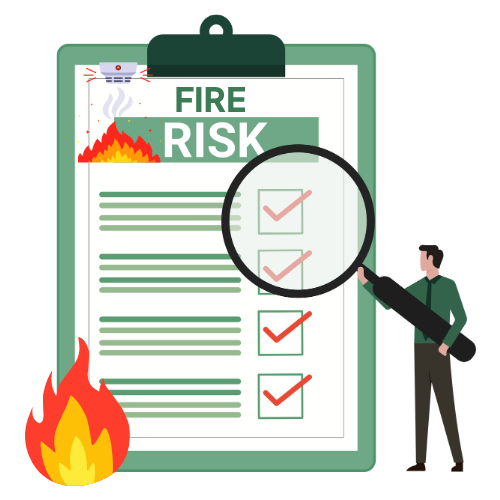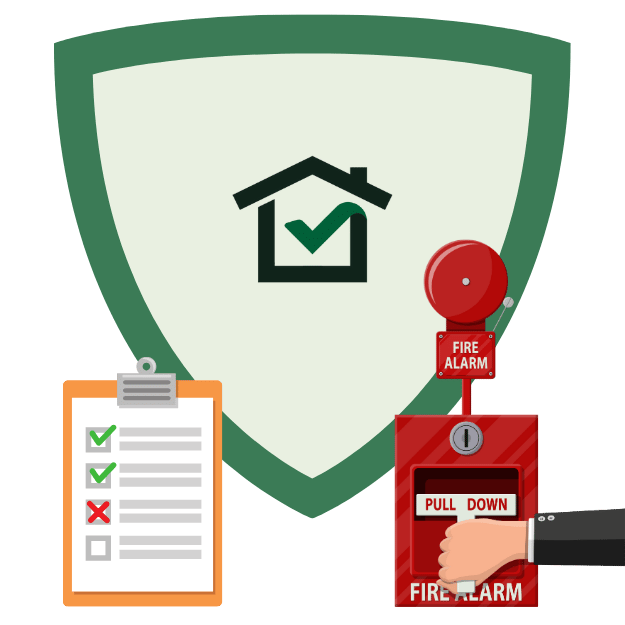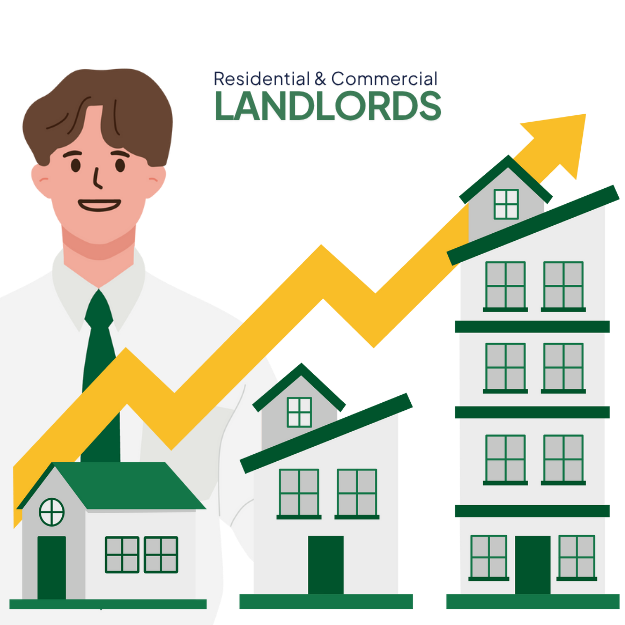
Pricing Plan
Pricing Plan

Our fire risk assessments follow a comprehensive, five-step method recommended by government guidance. First, we identify all potential fire hazards within the property, including sources of ignition, fuel, and oxygen. Next, we evaluate who may be at risk—such as tenants, visitors, or vulnerable individuals—and assess how a fire could impact them. We then examine the effectiveness of your current fire safety measures, such as alarms, extinguishers, escape routes, signage, lighting, and fire doors.
After this, we provide a detailed written report outlining our findings, along with a risk rating and prioritized action plan. This includes all improvements required to reduce risk to an acceptable level, from installing proper fire detection systems to ensuring adequate fire separation and emergency exits. If everything is in order, your report will demonstrate full compliance, which is essential for audits, insurance purposes, and legal peace of mind.
Our assessors are fully qualified, insured, and highly experienced in assessing a wide range of residential and commercial properties. We stay current with the latest legal updates and building codes, so you don’t have to.
Any property used for rental or commercial purposes must have a valid fire risk assessment. If you’re a landlord, HMO owner, letting agent, housing association, or building manager, you are legally required to ensure that a fire risk assessment has been carried out and is kept up to date. In HMOs and blocks of flats, even the communal areas must be included in the assessment, and failure to comply can result in fines, enforcement notices, or even criminal charges.
You may also need a fire risk assessment if you’re applying for an HMO license, renewing insurance, preparing for a local authority inspection, or responding to a tenant complaint. If your property layout has changed, or if significant alterations have been made (such as converting a loft or adding a new tenant), a new assessment is also recommended.


Let’s now explore the specific steps required to conduct a thorough fire risk assessment in London. Initially, we begin with risk identification, systematically reviewing all potential fire hazards within a property. This involves a detailed inspection of both the physical environment and current operational procedures. It’s essential to understand not only where risks originate but also how they interact with human elements and building infrastructure.
Once risks are identified, the next phase is mitigation. Here, we devise strategies to reduce or eliminate the potential for fire. This might include adjusting work procedures, enhancing fire detection and suppression technology, or improving emergency exit routes and signage.
A vital component of any fire risk assessment is proper documentation. We meticulously record all findings and the rationale behind each decision in the mitigation process. This documentation serves as both a legal safeguard and a strategic guide for future assessments.
We thoroughly inspect your property to identify potential sources of fire, fuel, and oxygen that could contribute to a fire risk.
Our assessors consider how a fire could impact different types of people in the building, including vulnerable individuals or tenants with limited mobility.
We review your existing fire protection systems—such as alarms, extinguishers, signage, lighting, and fire doors—for effectiveness and compliance.
Our assessments help you meet your legal duties under the Fire Safety Order 2005 and Fire Safety Act 2021, avoiding penalties or enforcement actions.
Whether you manage HMOs, blocks of flats, commercial spaces, or mixed-use buildings, our service is tailored to suit your property’s needs.
When comparing professional and DIY fire risk evaluations, it’s crucial to understand that professionals bring specialized knowledge and experience that DIY efforts often lack. We must consider the trade-offs between cost-effectiveness and the level of accuracy and expertise needed for thorough risk appraisal.
Engaging with seasoned professionals guarantees a detailed evaluation, grounded in the latest regulatory requirements and risk management strategies. This depth of understanding often exceeds the initial cost savings that might attract building owners to attempt assessments on their own.
DIY evaluations, while less costly upfront, can result in oversight of crucial risk factors due to a lack of expert knowledge. This gap not only compromises the accuracy of the appraisal but could also lead to costly penalties if the building fails to meet regulatory standards.
On the other hand, professionals are equipped with the tools and insights necessary to precisely identify potential hazards and recommend effective mitigation strategies. Their expertise in navigating intricate building codes and fire safety regulations significantly enhances the reliability of the assessment.
In essence, while DIY approaches may seem economically attractive, the expertise and detailed focus provided by professionals are indispensable for ensuring the safety and compliance of any property. This makes the investment in professional evaluations a prudent choice over DIY methods.
To further investigate the complexities of fire risk assessment, a selection of resources and literature is available that explores best practices, regulatory standards, and advanced methodologies. These resources are pivotal in deepening our understanding and enhancing our expertise.
Firstly, online courses offer structured learning paths that are invaluable for both novices and seasoned professionals. Platforms like Coursera and Udemy provide inclusive modules that cover a range of topics from the basics of fire safety to intricate risk evaluation techniques. These courses often incorporate case studies from London scenarios, facilitating a practical understanding that’s directly applicable in our field.

Frequently Asked Questions
A fire risk assessment is a systematic evaluation of your property to identify potential fire hazards, assess the risks to occupants, and recommend measures to reduce those risks and ensure compliance with fire safety laws.
Legally, fire risk assessments should be reviewed regularly, typically at least once a year, or whenever there are significant changes to the property or its use.
The “responsible person” for the property—usually the landlord, building owner, or property manager—is legally required to ensure a fire risk assessment is conducted and kept up to date.
If risks are identified, you’ll receive a detailed report with recommendations for improvements. You’ll need to address these to bring your property up to compliance and ensure occupant safety.
Yes, we offer ongoing support and can recommend trusted professionals to carry out any necessary repairs, installations, or improvements following the assessment.














